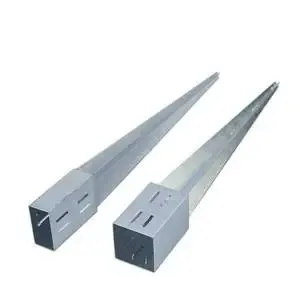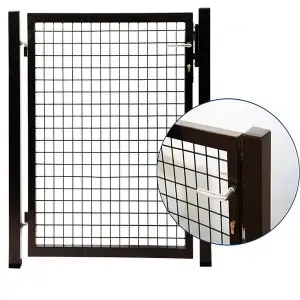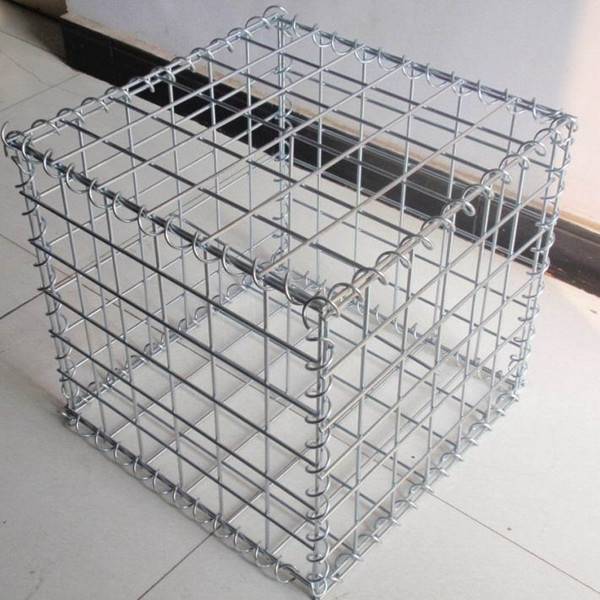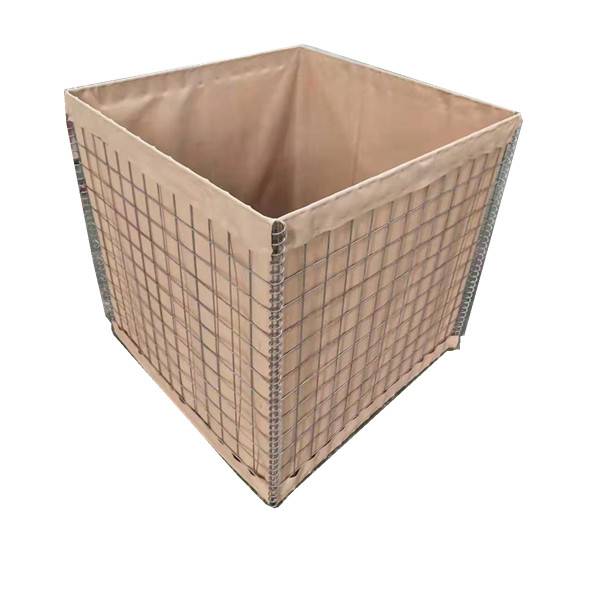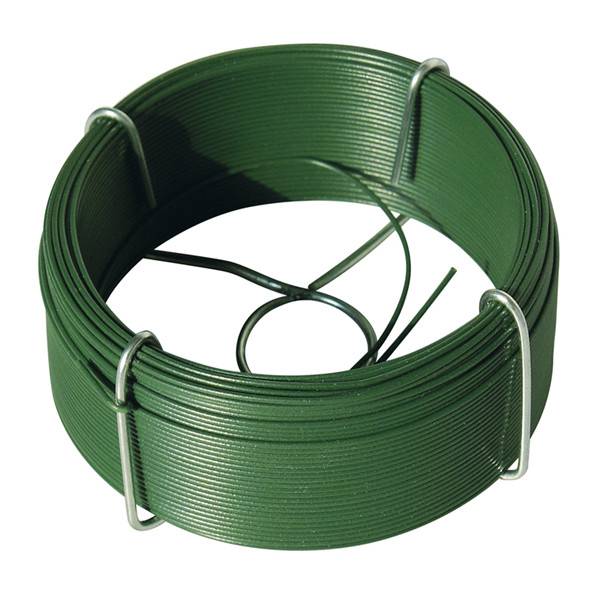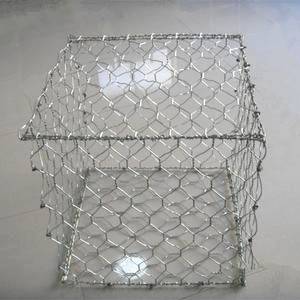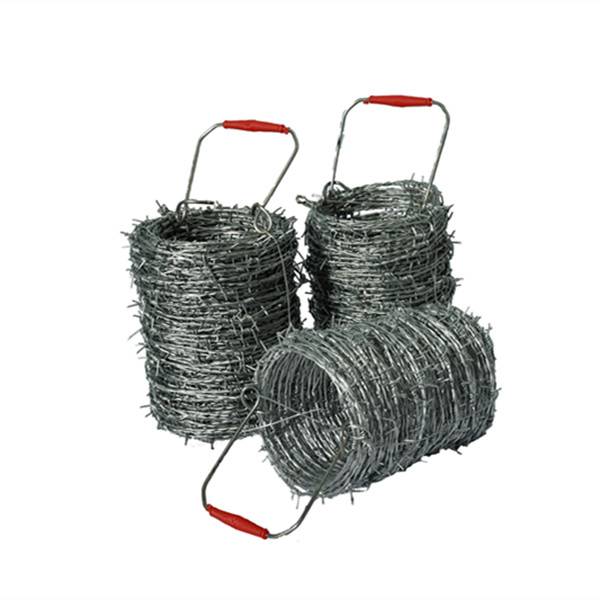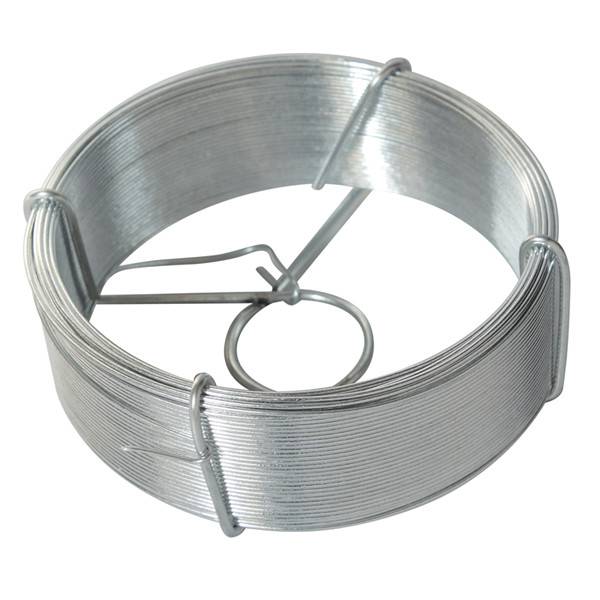
Nov . 05, 2024 21:35 Back to list
welded wire fabric
Understanding Welded Wire Fabric Applications, Benefits, and Considerations
Welded wire fabric (WWF), also known as welded wire mesh, is a crucial structural component widely used in various construction and engineering projects. It is made from a series of longitudinal and transverse wires that are welded together at their intersections, forming a sturdy and flexible grid-like structure. This article delves into the applications, benefits, and important considerations of welded wire fabric.
Applications of Welded Wire Fabric
Welded wire fabric is extensively used across different sectors due to its versatility and strength. One of the primary applications of WWF is in reinforced concrete construction. The welded wire mesh acts as a reinforcement layer in concrete slabs, walls, and pavements, providing increased tensile strength and improved load distribution. This makes it essential for residential, commercial, and industrial construction projects.
In addition to concrete applications, WWF is also commonly used in road and railway construction. The mesh assists in stabilizing the ground, preventing soil erosion, and controlling cracks in pavements. Furthermore, its application in fencing solutions for agricultural and industrial purposes cannot be overlooked. Welded wire fabric offers a durable and secure barrier for livestock, crops, and property lines, effectively keeping unwanted intruders out.
Another notable application of welded wire fabric is in the creation of custom-made products such as cages, crates, and displays. Its adaptability allows manufacturers to design products tailored to specific needs. Due to its robust nature, welded wire products are not only lightweight but also capable of enduring harsh environmental conditions, making them suitable for both indoor and outdoor use.
Benefits of Welded Wire Fabric
The adoption of welded wire fabric comes with a multitude of benefits. One of the most significant advantages is its strength and durability. The welding process creates a formidable bond between the wires, resulting in a mesh that can withstand high-stress conditions. This ensures that structures reinforced with WWF can bear heavy loads without compromising integrity.
Moreover, welded wire fabric is cost-effective. Compared to traditional reinforcement methods, the use of WWF can lead to lower labor costs and reduced material expenses. Since the material comes in pre-engineered sheets, it simplifies the construction process, minimizes waste, and accelerates project timelines.
welded wire fabric
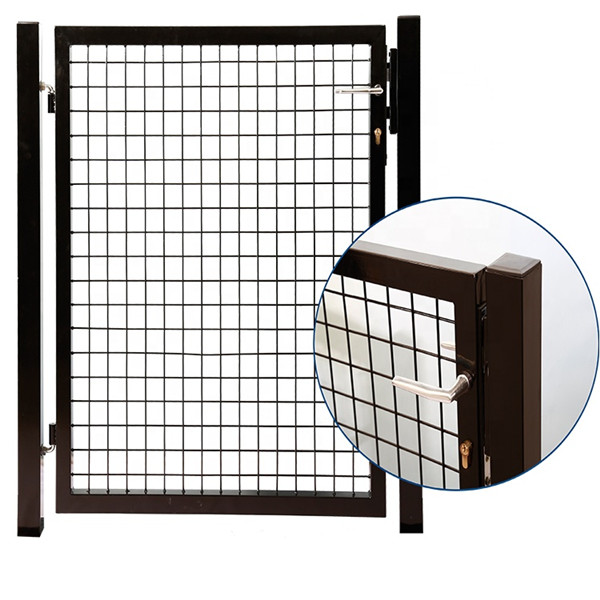
The uniform spacing of the mesh also allows for even load distribution, which is critical in applications where structural stability is paramount. Additionally, WWF can be easily cut and shaped to meet specific project requirements, providing further flexibility in design and application.
Another notable benefit is the reduced risk of corrosion. Many manufacturers offer welded wire fabric coated with various materials, including vinyl or galvanized steel, which enhances its resistance to rust and environmental degradation. This prolongs the lifespan of the material, making it a reliable choice for both temporary and permanent installations.
Considerations When Using Welded Wire Fabric
While welded wire fabric presents numerous advantages, there are essential considerations to keep in mind during its selection and application. It is crucial to assess the specific requirements of the project, such as load capacity, environmental conditions, and local building codes, to ensure that the appropriate type and gauge of mesh is used.
Additionally, proper installation is vital for maximizing the performance of WWF. The mesh should be placed correctly within the concrete matrix, with sufficient cover to protect it from potential corrosion. Improper placement can lead to stress concentrations and ultimately compromise the effectiveness of the reinforcement.
Lastly, while WWF is generally more resistant to environmental factors, its longevity is influenced by external elements, including moisture and chemicals present in the surrounding environment. Therefore, it is essential to consider these factors during the planning and material selection phases.
Conclusion
In summary, welded wire fabric is a versatile and robust solution for a wide range of construction and engineering applications. Its strength, cost-effectiveness, and adaptability make it an invaluable material in modern construction practices. However, careful consideration must be given to project-specific requirements and installation practices to ensure optimal performance. By understanding the benefits and considerations associated with welded wire fabric, professionals can make informed decisions that lead to safer and more effective structures.
-
Why a Chain Link Fence is the Right Choice
NewsJul.09,2025
-
Upgrade Your Fencing with High-Quality Coated Chicken Wire
NewsJul.09,2025
-
The Power of Fence Post Spikes
NewsJul.09,2025
-
The Best Pet Enclosures for Every Need
NewsJul.09,2025
-
Secure Your Property with Premium Barbed Wire Solutions
NewsJul.09,2025
-
Enhance Your Construction Projects with Quality Gabion Boxes
NewsJul.09,2025
Products categories




